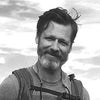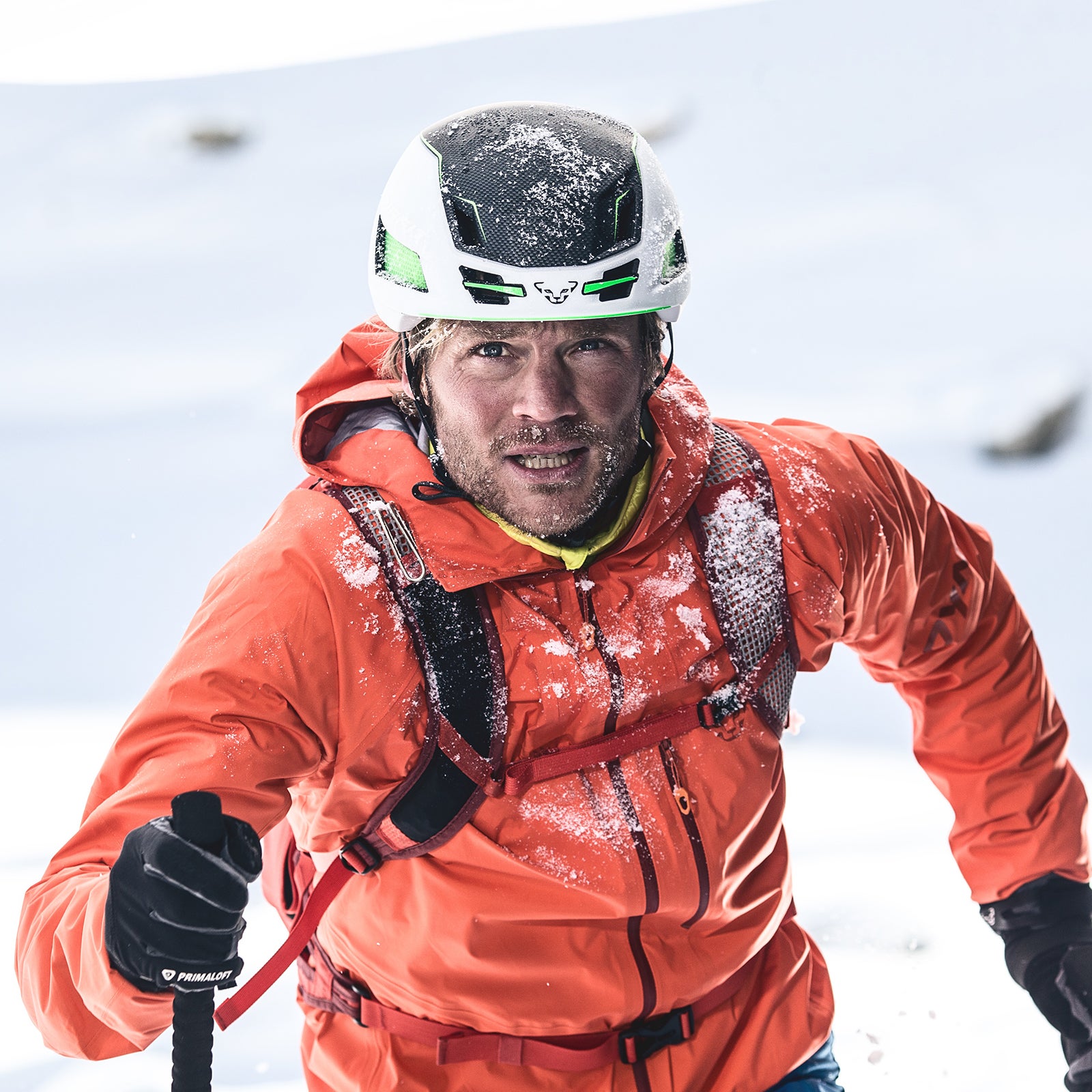Benedikt Boehm has always had a lot of energy. It got him into trouble when he was a kid—he couldn’t concentrate at school, couldn’t sit still at home. But then he discovered cross-country skiing when he was 11. “For the first time, I saw that all of that energy was a good thing, as long as you focused and managed it,” Boehm says.
He hasn’t lost that focus. Now, at the age of 42, German-born Boehm is��CEO of the ski brand Dynafit and one of the most successful speed mountaineers in the world. He has��climbed��and descended some of the planet’s highest peaks��on skis without supplemental oxygen, including��26,361-foot Gasherbrum II in Pakistan and 26,781-foot Manaslu in Nepal. Most mountains of this stature take three to five days to summit;��Boehm and his climbing partners��tackled��them in less than a day, in part to limit their exposure in the “death zone,” an extremely high-altitude��area��where there is an insufficient��amount of��oxygen in the air.
“It just makes more sense to me to be fast,” Boehm says. “Ask anyone: Would you like to spend four days in the death zone��or 12 hours?”
Boehm started formulating his��approach to mountaineering after he graduated from Oxford Brookes University in 2003��and began working with Dynafit’s marketing department. Back then��ski touring wasn’t that popular with big-name athletes or the general public. “Nobody was thinking about it,” he��says. “But I had this fascination with bringing the athletics of cross-country skiing to the adventure of big-mountain summits. I thought that version of the sport could be sexy.”��
“It just makes more sense to me to be fast,” Boehm says. “Ask anyone: Would you like to spend four days in the death zone��or 12 hours?”
In 2004,��Boehm��and��two of his friends attempted to quickly summit and ski the glaciers of some of South America’s highest mountains, including 22,205-foot Nevado��Huascarán. They succeeded after a series of false starts��but��suffered the entire time, eventually landing in a Peruvian hospital after drinking from a stream��with a dead cow in it. “I still have nightmares about that trip,” Boehm says. “Everything that went wrong was our fault. We didn’t��have enough food, we didn’t have enough drink, we were moving too fast at elevation, we were young and showing off. But it was so important to go through that failure. We learn by falling and getting up again.”
After that disastrous speed-summit attempt, Boehm recalibrated his approach to the sport, focusing on preparation, patience, and honesty. “I learned we have to go slow to go fast,” he��says. “Drink, eat, be willing to turn around if something goes wrong, and above all, know your weaknesses. If you’re not brutally transparent about your skills, someone will get hurt.”
This methodology has served��him well as he’s aged. In October, Boehm set a��speed record��on Dhaulagiri VII, a 23,773-foot peak in the Himalayas of Nepal. Starting from base camp at 16,086 feet, he climbed to the summit and skied back down in seven��hours��53 minutes. But his most elegant ascent might be his longest. In 2018, Boehm climbed 18,606-foot Mount Damavand, the highest point in the Middle East, starting from the Caspian Sea, the lowest point in the Middle East. It was an epic��87-mile adventure that required a mix of biking, hiking, and skiing. “With these superendurance projects, the mindset gets better because of the experience, allowing you to compensate for a lot of physical weaknesses,” Boehm says. “I think I perform better on an 8,000-meter peak now than I did ten��years ago, because there’s so much strategy and instinct involved.”��
That’s not to say Boehm relies entirely on his mind to complete these projects. He trains constantly, climbing between 16,000 and 32,000 feet on skis each week during the winter and running the same��elevation in the summer. With his full-time job in Munich and responsibilities as a husband and father of three, this means he’s up at three or four every morning��and heading into the Alps.��“I always do it before work, before 9 A.M., when nobody is missing me,” Boehm says. “Most of the time, I train with a headlamp. There are only 24 hours in a day, and we don’t know how many days we have, so I try not to waste time. I don’t even cross-train��or stretch or do yoga. The calendar is too tight for that. I focus on being in the mountains.”
And he makes sure that every training session is building toward��something greater. “Having a goal is the key,” Boehm says.��“It creates energy, allows you to build momentum. I realized at a certain point that I wasn’t getting up in the morning because of what I accomplished yesterday. I get up for what I want to accomplish tomorrow.”��


